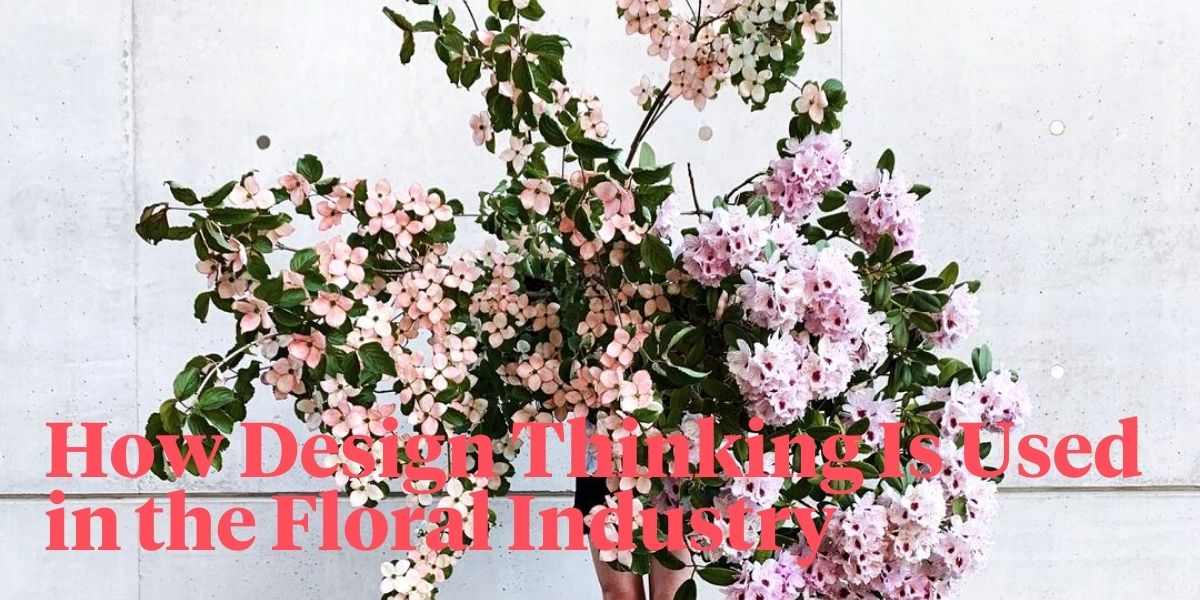The term “design thinking” is used constantly when talking about innovation and growth. While this is relevant to all businesses and sectors, there’s no better use for it than in the floral industry. However, when this concept is mentioned, people are often left puzzled. They don’t fully understand the concept and how it can benefit the floral industry as a whole. In this article, we have broken down the term, what it consists of, and how it can be used within the floral industry. 
What Is Design Thinking?
Design thinking is a problem-solving concept that focuses on coming up with innovative solutions by focusing on users’ perspectives. Because this method is human-centered, it is great for providing insight into customers’ minds. Additionally, the approach focuses on empathizing and redefining products using different perspectives. Hence, it aims to create user-friendly products that meet the target audience’s specific requirements. 
Design Thinking In the Floral Industry
While most people restrict the use of design thinking to products, this isn’t its only purpose. In the floral industry, design thinking has been used in optimizing both products and services.
The 5 Stages of Design Thinking
The design thinking process has five distinct stages. Seeing how these are used in the floral industry will help you better understand how to implement them in your own business.
1. Empathize
Arguably the most important stage in the design thinking process, this stage consists of research and gathering information. Without this information, there’s no way to understand your target audience and how to better serve them. Use this opportunity to learn about pain points and requirements when it comes to your specific business in the floral industry.
2. Define
Defining refers to combining the results so that you have a thorough picture of what you need to address. For a florist or other retailers, this objective would be met through direct customer feedback while B2B businesses will have to conduct more thorough research.
3. Ideate
Now that you know what to target, it’s time to move on to the how. Combine your business’ goals with those of the target audience and figure out how to address them.
4. Prototype
This stage involves coming up with solutions based on the information you have. Focus on customer experience and satisfaction and address pain points to make their experience a good one. For example, if your research showed that your customers were unhappy because of lack of availability and accessibility, your solution may be embracing e-commerce.
5. Test
It’s now time to test whether your hard work has paid off. Customers’ and businesses’ interactions and experiences will determine this, and feedback will allow you to determine how to improve in the future. 
Implementing Design Thinking
Design thinking can be applied to almost every aspect of the floral industry, but two of the most popular applications are on websites and floral designing. When it comes to websites, accessibility and user experience are extremely important. An outdated and slow website compared to a good web design can make a huge difference in bounce rates and conversions. One of the main examples in floral design is the sustainability movement. Designers have addressed customers’ pain points by eliminating the use of floral foam and using sustainable packaging. Since each business will have its own pain points, hiring a florist consulting service is an option that will allow you to optimize the design thinking process. For example, hiring florist website designers from Miami or elsewhere will allow you to take advantage of their expertise and make sure your website is the best it can be. To find out more, check out New Bloom Solutions’ services.










